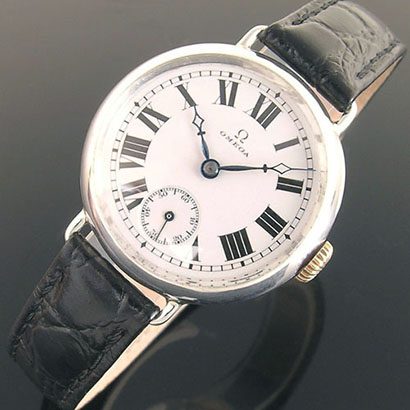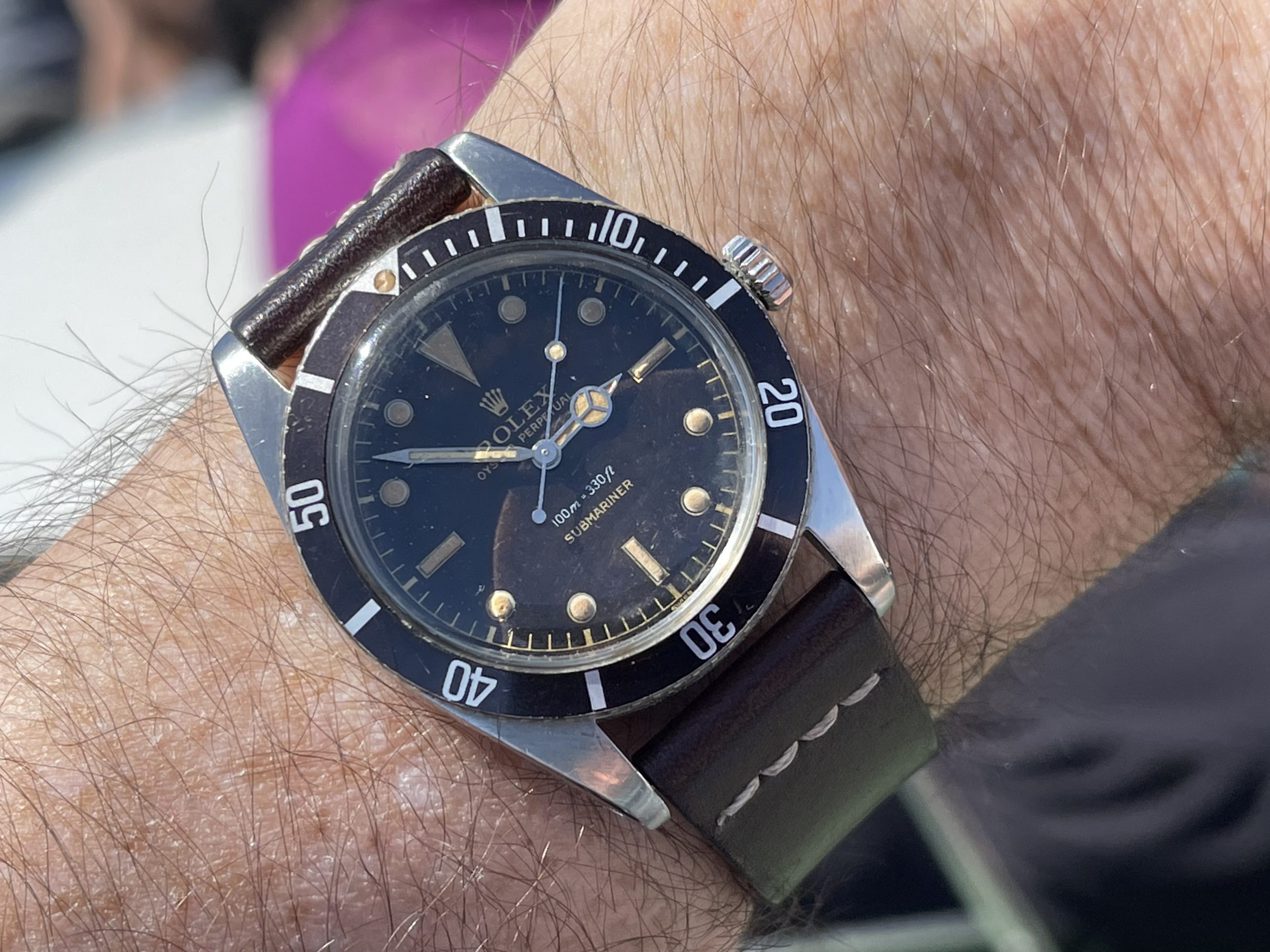WHY BUY A VINTAGE
WATCH?
In recent years vintage watches have been experiencing a renaissance with a growing number of people realising the value, workmanship, quality and durability of such timepieces, not to mention the reflection of one’s lifestyle, values and individuality that owning a classic vintage watch can offer.
In addition to the vintage renaissance, mechanical wristwatches have grown in popularity following their low point during the quartz crisis of the 1980s. Certain brands, along with higher-value watches in general, become coveted and aspirational, particularly as we grow older and develop an appreciation for the finer things in life. A quality watch can become an essential part of one’s lifestyle and is very satisfying to own. Worn on the wrist and enjoyed every day, a watch shows a certain sense of individuality, style, and accomplishment. After all, what else can say so much about a man or woman, than the watch they wear?
All the major watch brands have become acutely aware of the value of their heritage and the appeal and classic lines and of their vintage pieces. For this reason, Rolex’ key models have evolved at an almost glacial pace over the past fifty years. Likewise many major brands regularly re-release ‘heritage’ editions which are copies of watches first released many decades ago.
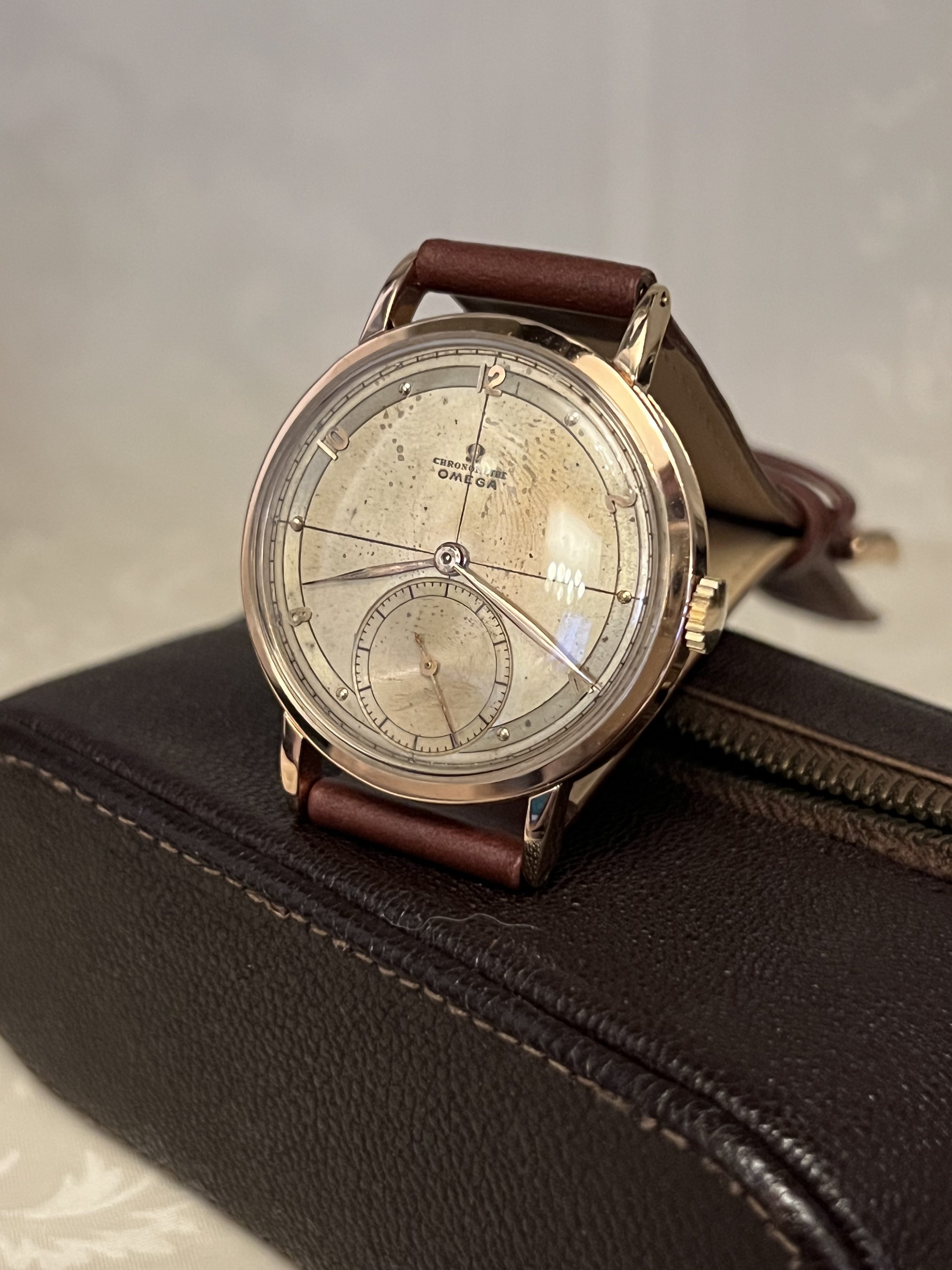
Different Types of Watches
There is, of course, a huge array of vintage watches available and this can be somewhat confusing at first. These may first be split between those with hand-wound and automatic movements. Then by use, for example, dress watches, sports-dress, sports, dive watches, aviator, and military watches. Further ‘complications’ include chronographs, date and various other calendar functions, as well as Chronometer ratings and other levels of accuracy.
But the purpose of this article isn’t to detail every kind of watch available, instead, we will discuss old vs. new, and explain some of the reasons why choosing a vintage watch is such a good investment.
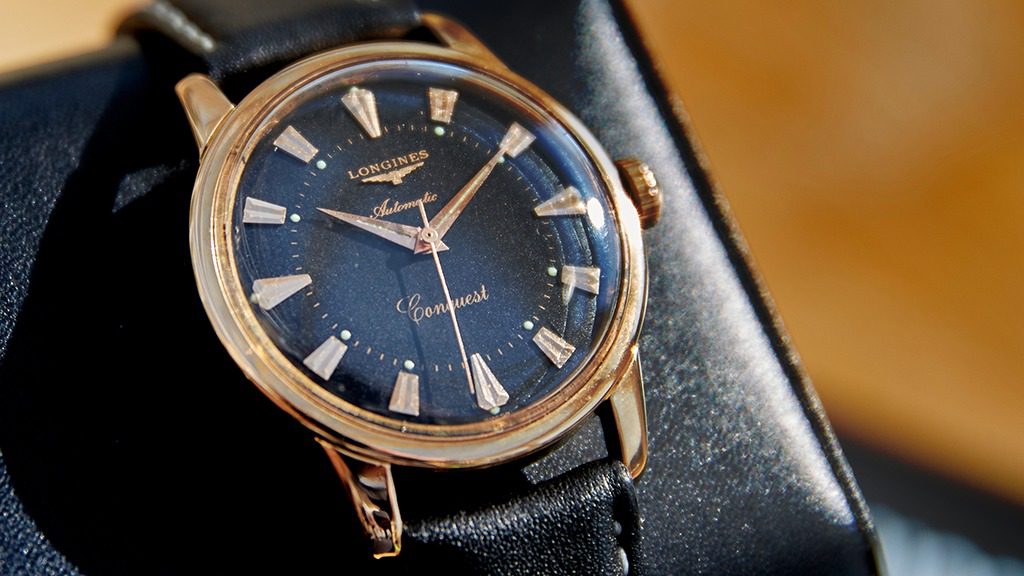
Old vs. New
In our capitalist world, we have become accustomed to acquiring brand new things from time to time, but while new is nice, the shine often wears off quickly. Particularly when it comes to wristwatches.
Online shopping has made it easier than ever to buy into current trends and acquire almost anything you desire. But many are questioning how sound this is, both in terms of sustainability and quality. Mass production, simply to replace items with new ones, is not only costly for the pocket; it’s also very costly for the planet.
After all, there’s so much life left in many of the high-quality things we’ve bought in the past. Often these are very well-made and very well-loved. Not to mention the individuality, style and character, and the backstory a vintage item brings. A treasured item well cared for can last a long time and often becomes a valuable classic. Hence the growth in popularity of vintage items across the board.
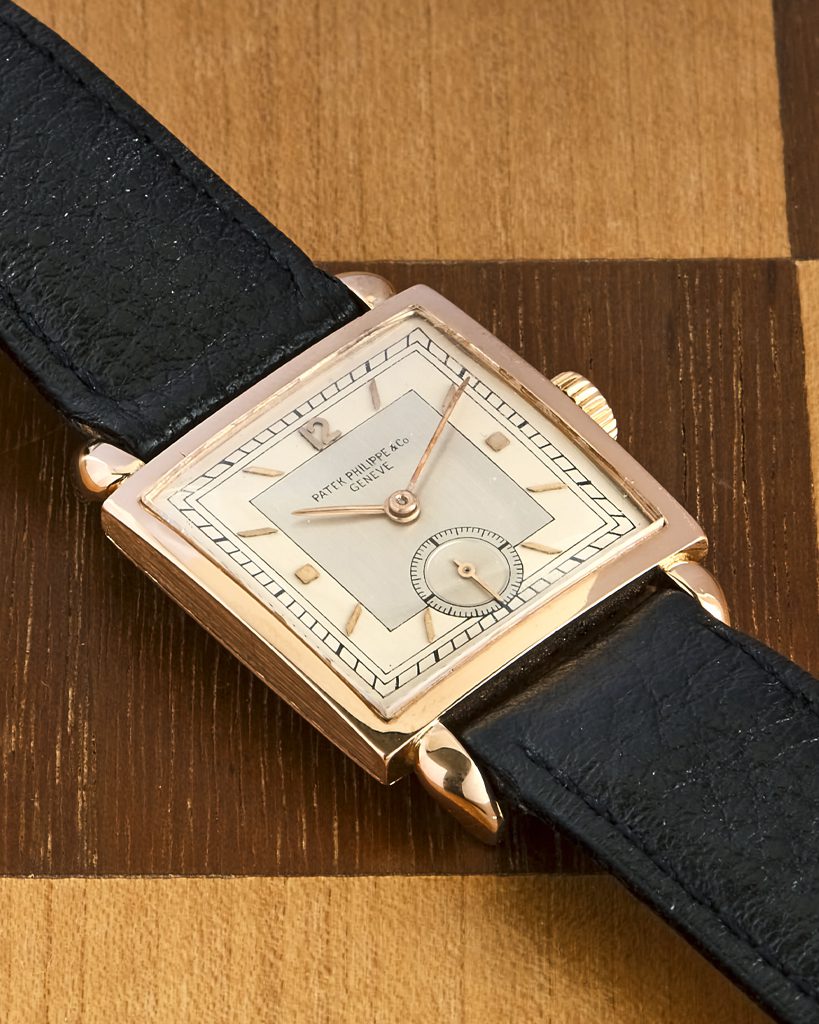
Return On Investment and Value
Of course, if you have the money and really want to buy a new top-quality timepiece from a famous brand, there’s absolutely no reason why you shouldn’t. Provided you can get hold of one of course and you don’t have to wait too long.
However, we all know about the true cost of buying and running a new car, and its value dropping like a stone during the first few years of ownership. Well, the same applies to almost all watches. There are exceptions, notably over the past 10 years, the Rolex Daytona and occasionally certain other sports models from the top brands. However, authorised dealer waiting lists effectively mean that most of these are unavailable except for large premiums on the secondary market. The hot modern Rolex sports watch market, for example, is both speculative and volatile and ultimately driven by fashion. So best avoided unless you have deep pockets and like to gamble.
But even if money is no object, wouldn’t it be better to choose something which retains its market value? Nearly all new watches drop in value during the first 10 to 20 years before slowly beginning to appreciate again. So it’s much safer to invest in earlier models which have found their base price and are steadily appreciating. A well-established and reputable vintage watch dealer will provide you with all the information you need, along with solid guarantees, backup and after-sales support.
If you have a budget in mind it’s important to know if you spend the same on a vintage watch as you might on a new model you will end up with a much higher quality watch.
So, what about the thorny subject of reliability? Well, it’s true a new watch is likely to be more reliable and come with a better warranty than an older watch. But at what cost? The depreciation in value of a new watch and servicing costs will almost certainly make it much more expensive to own in the long term, making vintage a clear winner in terms of investment and sustainability. And Swiss watches are so well designed and built there is never a problem which cannot be overcome by a good watchmaker
Now we know vintage watches make financial sense, let’s take a look at some of the other attributes a vintage timepiece can offer.
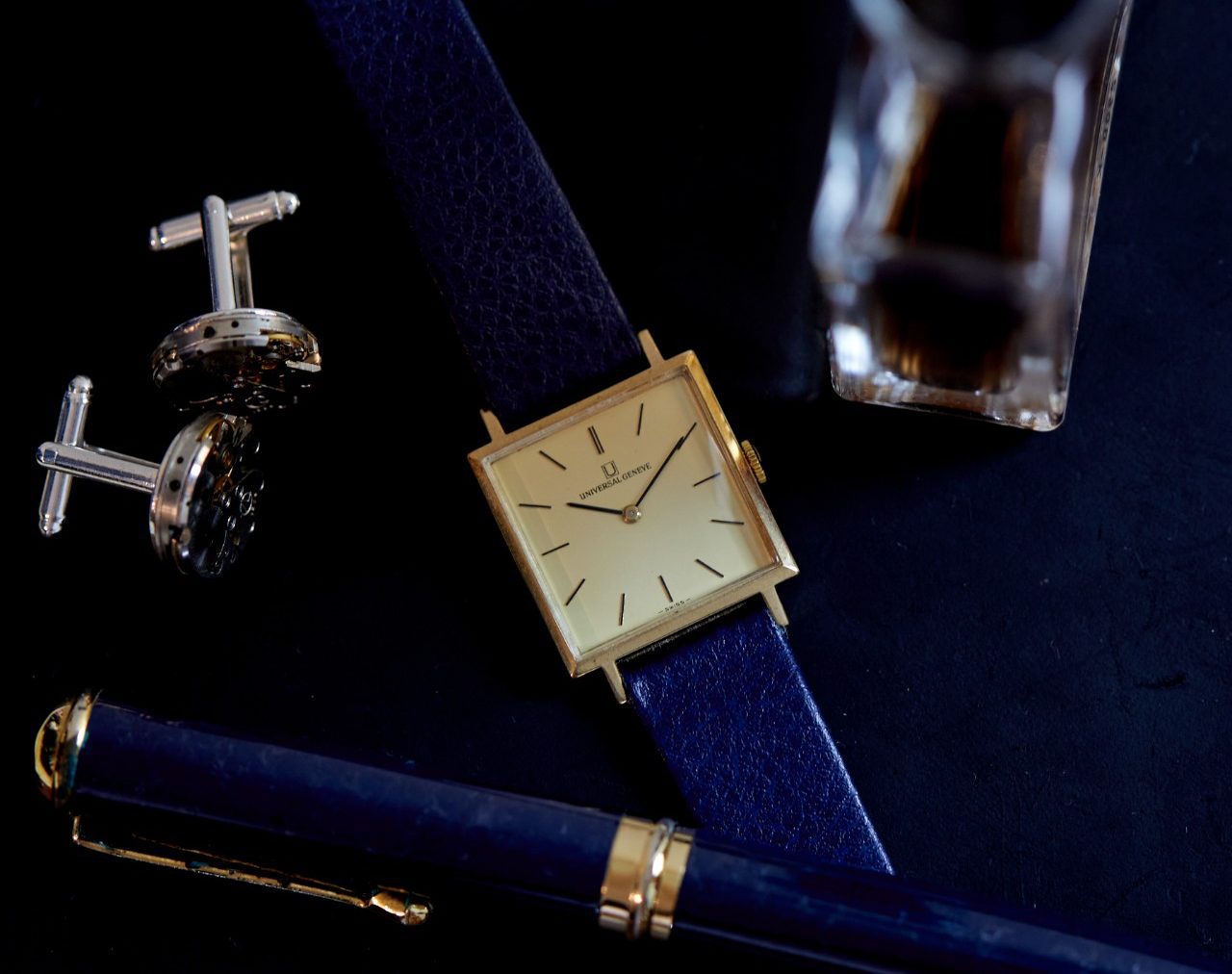
Heritage Brands and The Story They Tell
Watch brands are some of the oldest companies on earth; Vacheron and Constantin for example were established in 1755. Think about this for a moment, a continuously operating company producing some of the world’s finest quality watches for well over 250 years.
Each of the watch brands we all know and love has a fantastic heritage. Even Rolex, a relative youngster at just over 100 years old, has an amazing story to tell. Understanding this and wearing one of its older watches, such as a 50-year-old Rolex Oyster Perpetual, or an Omega Constellation, shows an appreciation of its workmanship and the tremendous effort and success of the company. The heritage and story behind a vintage watch form part of the ownership experience and are something to be celebrated.
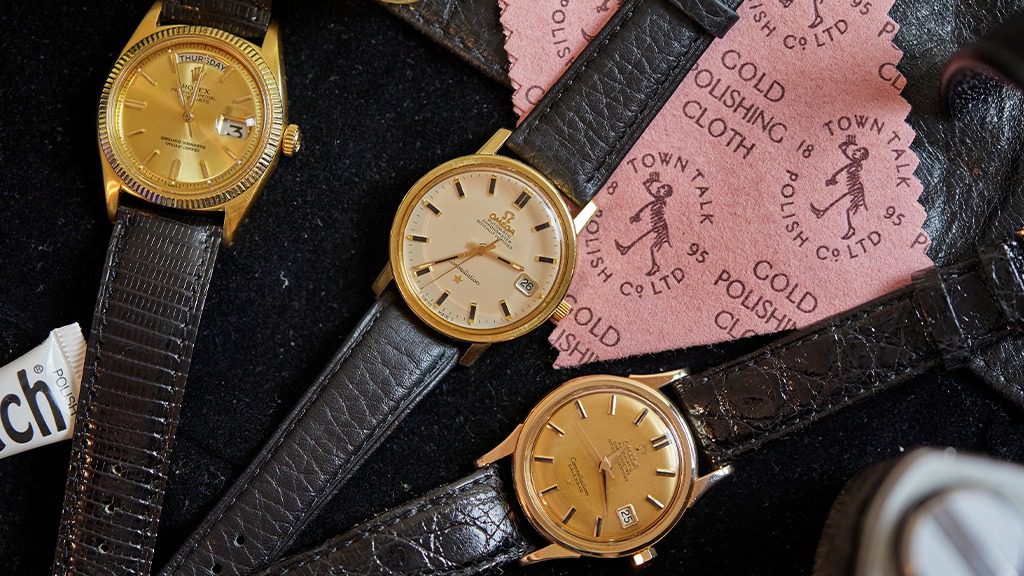
Supporting Watchmakers
Watchmaking, servicing and restoration have seen a resurgence since the 1980s when the industry was hit by turmoil due to the sudden rise in popularity of cheap quartz watches. The crisis saw a great many watch manufacturers close their doors and watchmakers lose their jobs. Thankfully this is now well behind us, but we still need to support the skills and craftsmanship which go into the servicing, repair and restoration of watches.
Many of our current watchmakers are either elderly or have relatively recently finished their training, so there’s a gap as a result of a lost generation. The older generation is teaching the new, and meanwhile, the industry needs all the support it can get. By wearing and using a vintage watch, you’re helping the industry and its craftsmanship to continue by having your watch serviced with the skills needed to do so.
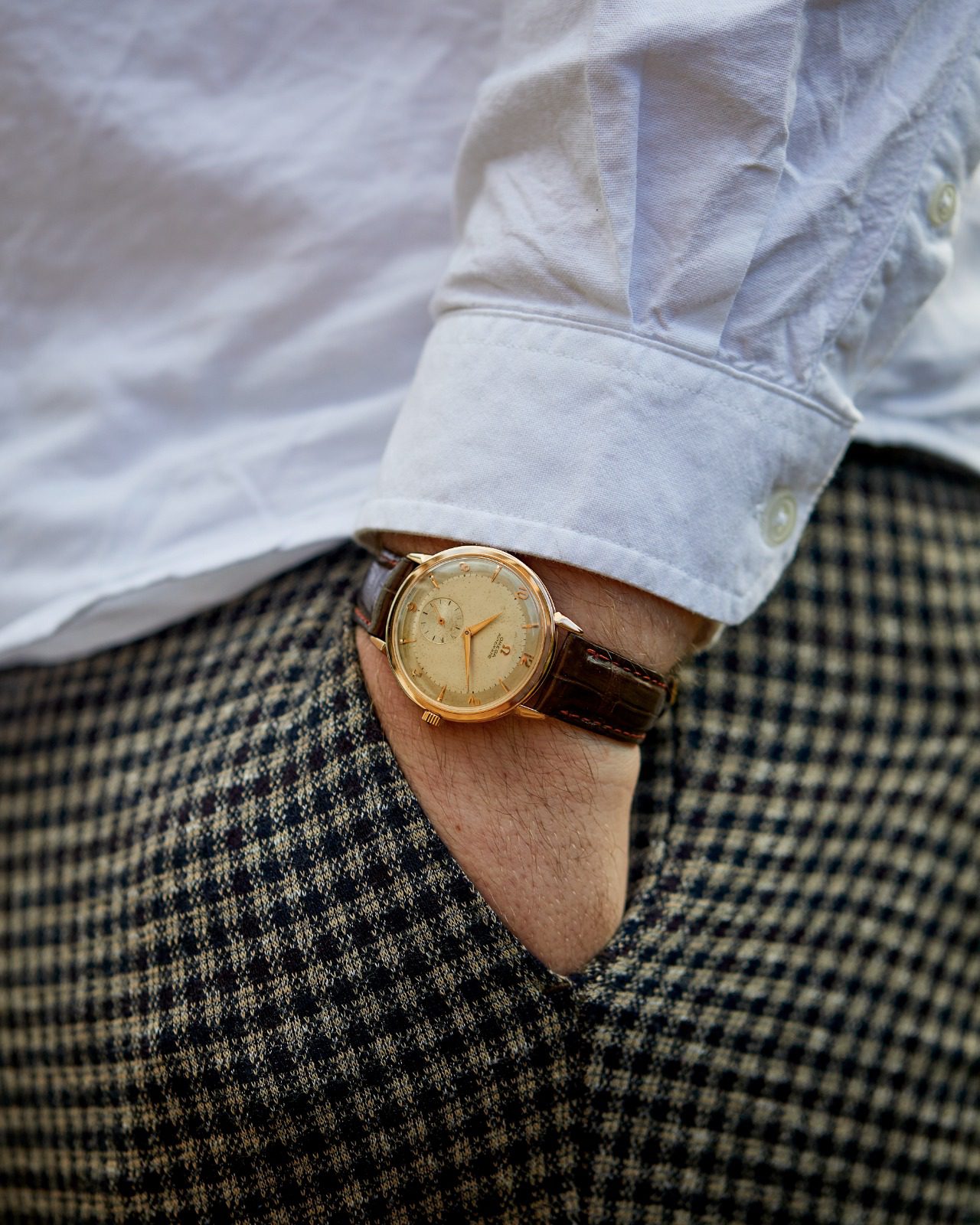
Why Vintage Watches Never Go Out of Style
Classic lines never lose their appeal. The iconic Rolls-Royce grille inspired by the Greek Pantheon in Rome is no better example. The standard design of the wristwatch can be traced back to the Patek Philippe Calatrava Ref 96 of 1932, which became the blueprint of all modern time-only watch designs we see today. Watch movements have remained under continuous development for over 500 years, reaching a peak during the 1950s when more research and development went into wristwatch movement and case design than ever before. This was when many of the iconic models we know and love today were first released; the Omega Seamaster, Constellation, Speedmaster, the Rolex Explorer, Submariner, and GMT, to name but a few. It’s for this reason the 1950s and 1960s are often referred to as the golden age of watchmaking.
The 1950s and 60s saw watch manufacturers release models that have become cornerstones of their modern collections. These have been revised and subtly improved upon, giving us the enormous choice we benefit from today. Many feel that the choice of vintage watches across all budgets is greater, more interesting, and more compelling than their modern equivalents. This is before we consider the lack of availability and the high price of many new watches from the top brands.
The Smart Choice
So, whether you’re in the market for a dress watch, a sports watch or something in between you will find a much greater range within the vintage market to suit almost everyone’s style and budget preferences. Now you know why vintage watches have become so valued and coveted, and the great benefits of owning such a classic beauty. Buying a vintage watch really is a no-brainer for value, quality, workmanship, individuality and durability. So wherever your watch buying journey leads you, take your time, enjoy the experience and the wonderful world of vintage watches.
Learn more about the world of vintage watch collecting with our regular newsletter here



